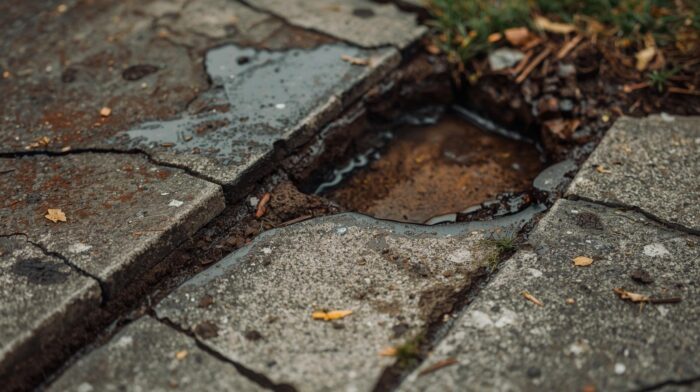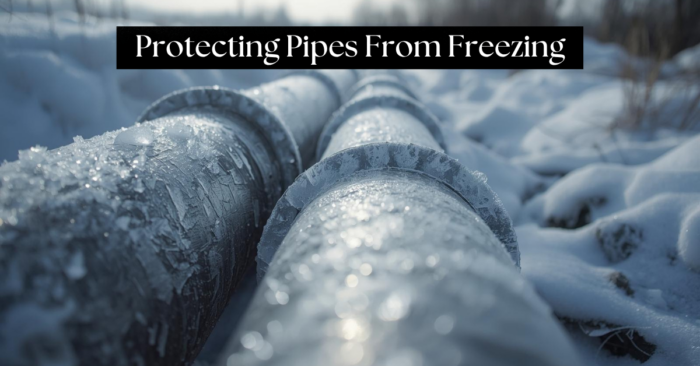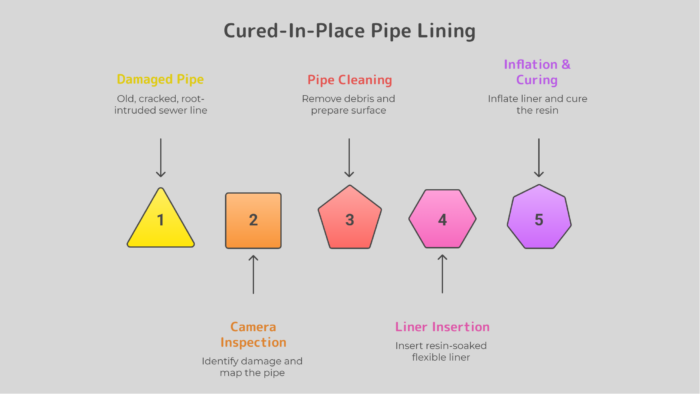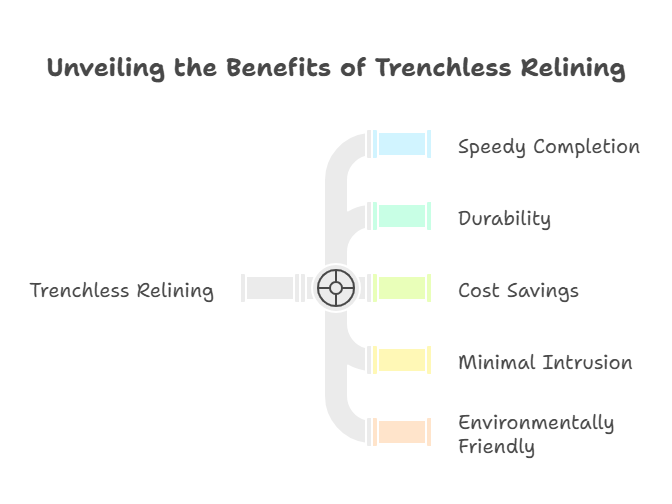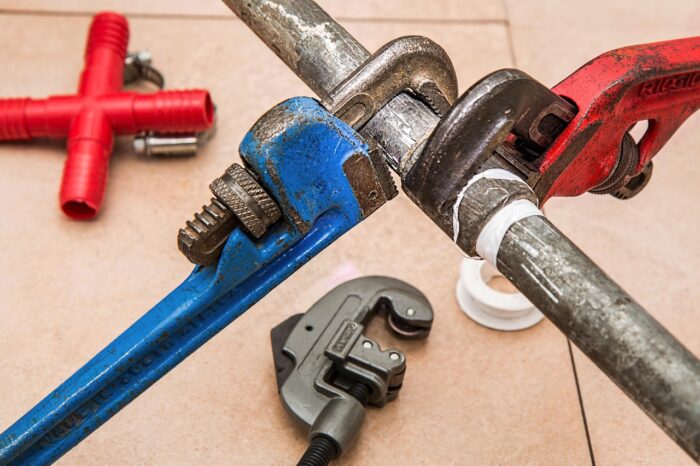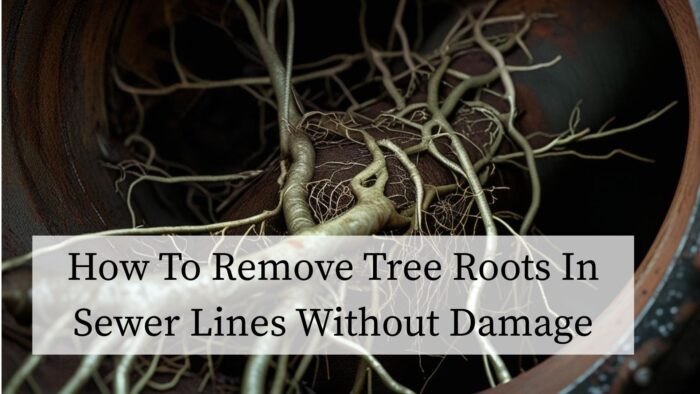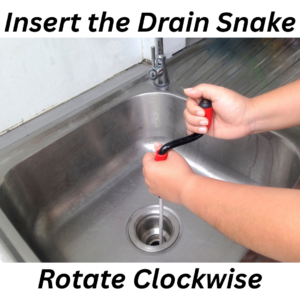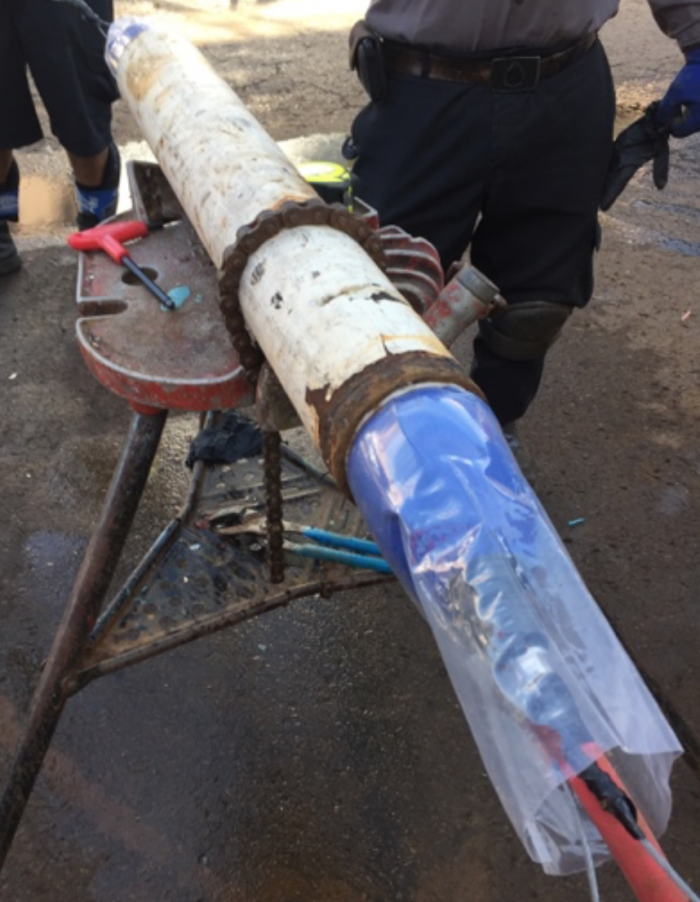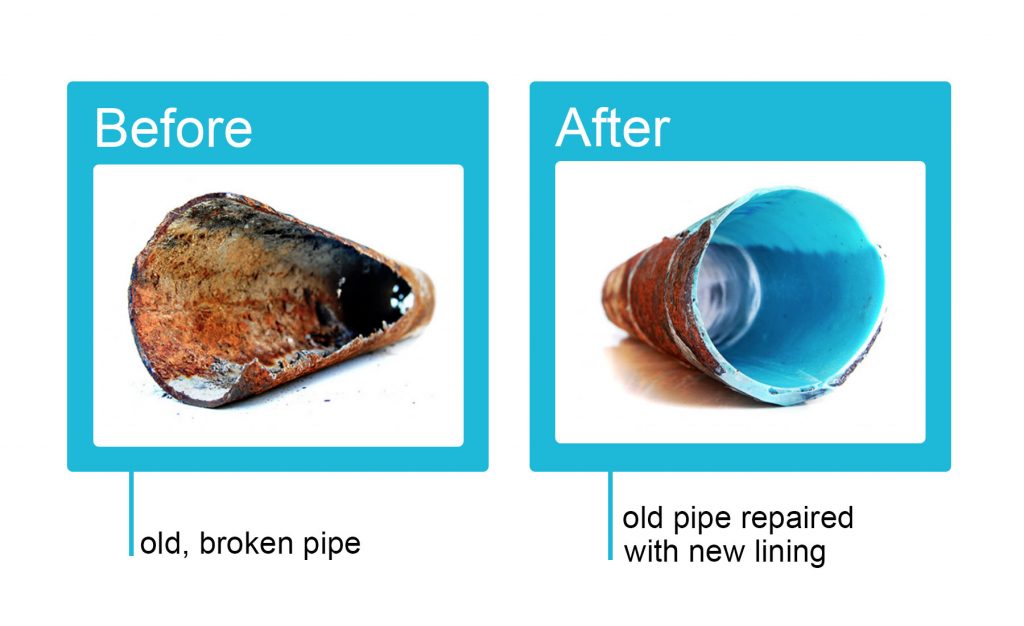5 Signs You Need Sewer Repair
Signs You Need Sewer Repair
At the start of the developing phase of an issue it barely highlights itself as one. Long before any bursts or backup in the pipes, many homeowners notice small subtle signs. You can save thousands in expenses and prevent messy emergencies if you understand these early signs that you need sewer repair. You can be ahead whether you explore solutions or spot trouble early like, conducting a drain camera inspection or considering modern trenchless options such as CIPP, spotting trouble early helps you stay ahead of costly damage.
Why is catching the problem early on matters?
Sewer lines carry all the waste water away from your house. If the line is to be blocked, cracked or be invaded by roots the entire house plumbing is affected.
Ignoring early signs you need sewer repair can lead to:
- Basement flooding
- Structural damage
- Foundation issues
- Mold growth
- Expensive excavation
- Routine disrupted
Due to the soil shifting, aged pipe lines and seasonal weather changes, older Onatrio homes especially therefore, face sewer issues more frequently. Thus, it is far less stressful and far more affordable to address the problem early on.
5 Signs You Need Sewer Repair
Below are the most common and important signs you need sewer repair. If you notice any of these, it’s best to act before the issue becomes a full-blown emergency.
1. Slow Drains Throughout the House
A single slow drain typically means a localized clog.But when multiple drains slow down at the same time, the issue usually lies deeper, right in the sewer line.
Slow drainage is often one of the earliest signs you need sewer repair, and homeowners ignore it because the sinks still “work,” just not well.
Common causes include:
- Tree root intrusion
- Grease buildup
- Collapsed pipe sections
- Misaligned joints
- Mineral deposits
A consistently slow emptying drain even after plunging is indicating to you that there is something wrong farther down the line.
2. Unpleasant Sewage Odors Indoors or Outdoors
Your sewer system is designed to be airtight. Foul, sewer-like odors in your basement, yard, or bathrooms suggest otherwise. Making this is a major warning sign.
One of the clearest signs you need sewer repair is persistent odours, because somewhere within the line they indicate a crack, broken seal, or leak. Even a small opening can allow gases to escape. These gases affect air quality and can pose serious health risks thus they shouldn’t be ignored.
3. Frequent Backups or Gurgling Noises
For toilets that bubble when you run the sink, or if your shower backs up when the dishwasher runs, it is likely an indication of a blockage forming in your main sewer line.
These sounds and symptoms mean wastewater is struggling to move freely. Gurgling is caused by trapped air trying to escape, another one of the critical signs you need sewer repair.
Watch for:
- Toilets that keep overflowing
- Basement floor drains backing up
- Water rising in unexpected fixtures
- Loud gurgling after flushing
Typically these issues worsen quickly and resolve rarely on their own.
4. Wet Patches or Sinkholes in Your Yard
Often underground through your front or backyard the sewer line runs. If it breaks, leaks, or collapses, the soil above it absorbs the wastewater.
You may notice:
- Soft or soggy patches
- Sunken areas
- Unexplained lush green grass
- Small sinkholes
The above visible ground changes are signs you need sewer repair and usually they are indications of the pipe being compromised.
Further, it is time to schedule an inspection immediately if you see an area that should be dry pooled with water.
5. Pest Activity Suddenly Spikes
Naturally, rodents and insects are drawn to sewer leaks due to the moisture. However, more pests than normal are appearing near the drains or foundation. It is possible a sewer line is cracked.
This may not be the first thing homeowners think of, but unexpected pest problems can absolutely be a hidden sign you need sewer repair you should not overlook.
When is it Time For Action?
Knowing when to call for sewer repair and if you detect any of the symptoms mentioned above you shouldn’t delay taking action.
A small pipe problem can escalate into:
- Foundation damage
- Contaminated soil
- Basement flooding
- Costly excavations
Taking action early protects your home and saves money.
How Ontario Pipe Lining Diagnose Sewer Issues
We at Ontario Pipe lining take our work very seriously. We start with the following steps:
1. Drain Camera Inspection
A video inspection lets our technicians view your sewer line from inside. They can identify:
- Cracks
- Root intrusion
- Blockages
- Pipe misalignment
- Corrosion
The method is precise, swift, and minimally invasive.
2. Locating the Problem With Precision
Our technicians use sensors to pinpoint the exact depth and location of damage so repairs are efficient and minimally disruptive.
3. Trenchless CIPP Repair
Our technicians use state-of-the-art machines and technology to rehabilitate your sewer line internally, without digging up your yard when using CIPP (Cured-in-Place Pipe).
Included benefits:
- No major excavation
- Faster repair time
- Long-lasting results
- Minimal disruption
Conclusion
You can prevent a massive headache by understanding the early signs you need sewer repair and expensive damage down the road. It is rare for sewer issues to fix themselves, the longer they are left untreated the more the repair costs increase. Acting early will ensure the protection of your home, plumbing system and family against slow drains, yard sinkholes. Further, to help avoid emergencies and to obtain clear answers, reach out to Ontario Pipe Lining, we will schedule a professional inspection with modern tools like drain camera technology that allows for an inside view of your pipe’s condition. Contact us today!
Frequently Asked Questions
How to know if my sewer line needs to be replaced?
Well if your pipe has multiple cracks, severe corrosion, collapsed sections, or repeated backups it is recommended to replace the pipe. However, the most accurate assessment to be sure is provided by a drain camera inspection.
What are some signs that your main sewage line may be broken, clogged, or damaged under your house?
If you notice slow emptying drains, odd sewer smell, gurgling toilets and unexplainable sloshy wet patches in your yard, some common symptoms.
Can a broken sewer line be replaced without digging?
Yes. Trenchless methods like CIPP allow technicians to repair or replace pipes internally without major excavation.
What are some effective ways to clear a blocked sewer line in a home’s plumbing system without using chemicals or hiring a professional?
You can try, a plumbing snake, a hot water flush, a combination of baking soda and vinegar or checking and cleaning accessible cleanout points
If none of these help, call a technician to avoid worsening the blockage.
What are the most common plumbing problems in the household?
Common issues include clogged drains, leaking faucets, low water pressure, running toilets, and blockages in the main sewer line.

